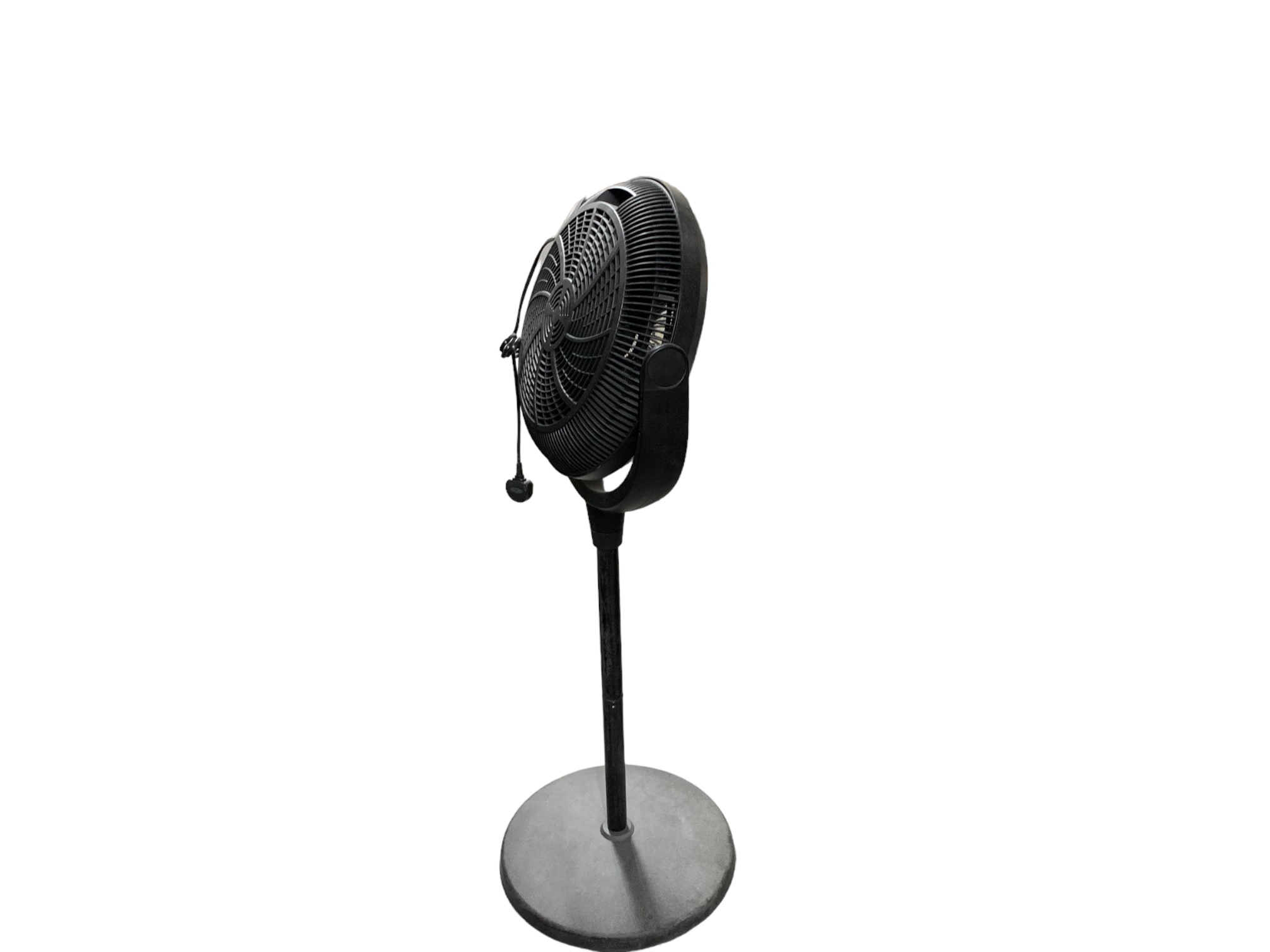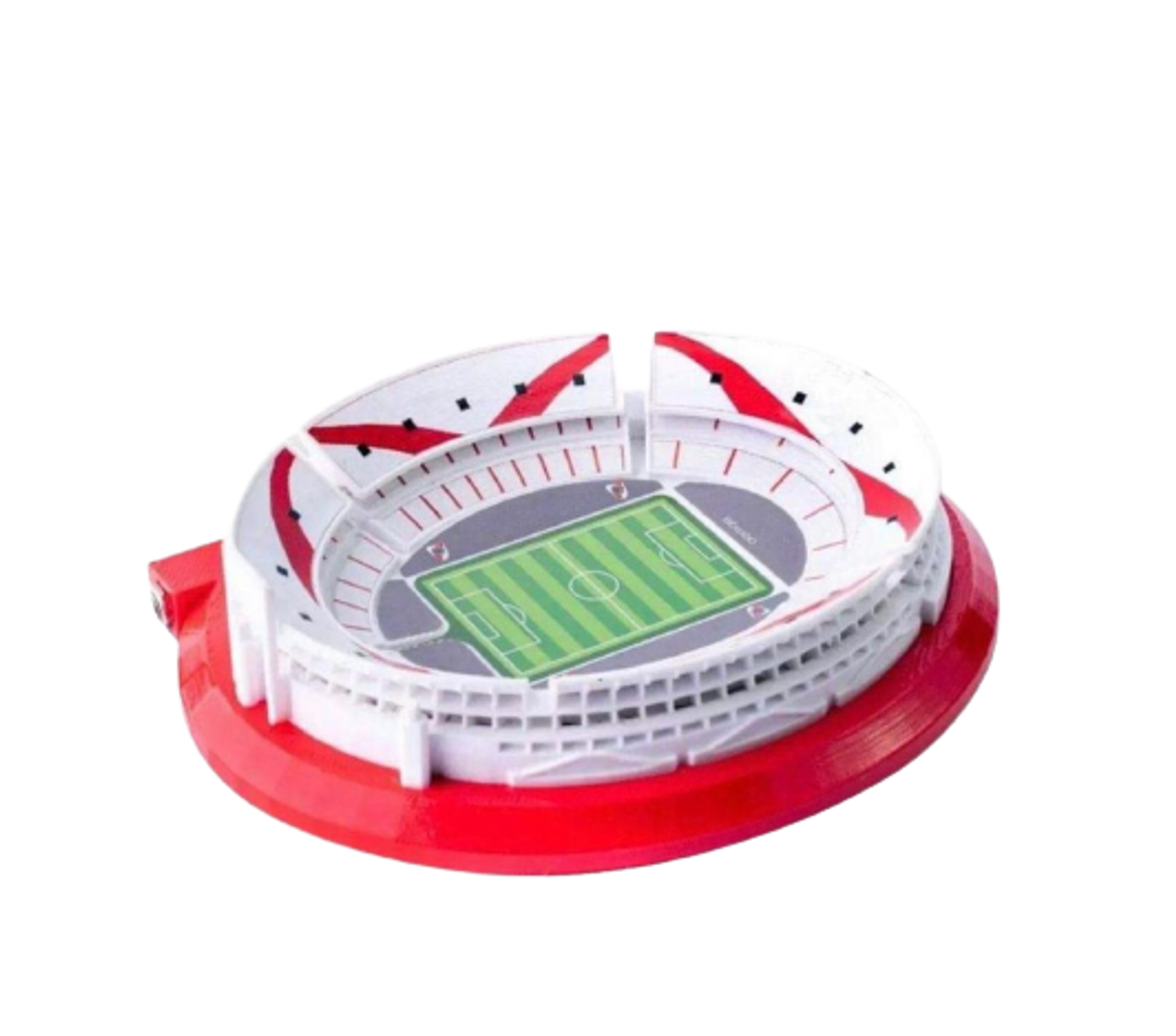Have you ever wondered what exactly "130 cm x 4/3" means and why it's such a big deal in the world of measurements and aspect ratios? If you're scratching your head right now, don't sweat it. We're about to break it all down for you in the simplest terms possible. Whether you're diving into photography, videography, or just trying to figure out how to frame your next masterpiece, understanding this concept is key.
Think of it like this: the "130 cm" part is your canvas size, while the "4/3" represents the aspect ratio, which determines how wide or tall your image will be. It's like choosing the perfect frame for your picture, but with a little math thrown in. So, buckle up because we're about to take you on a wild ride through the world of measurements and proportions.
Before we dive deeper, let's get one thing straight—this isn't just some random math problem. It's a practical tool that affects everything from how your photos look to how you design your living space. Stick around, and by the end of this, you'll be a pro at decoding these numbers.
- Eva Beaulieu The Rising Star In The Spotlight
- Mia Cookies The Ultimate Treat Thats Taking The World By Storm
Now that we've set the stage, let's jump into the nitty-gritty details. Here's a quick roadmap of what we'll cover:
- What is 130 cm x 4/3?
- Understanding Aspect Ratio
- Applications in Photography
- The Math Behind the Numbers
- Real-World Usage
- Comparison with Other Ratios
- Tips for Designers
- Frequently Asked Questions
- Conclusion
What is 130 cm x 4/3?
Alright, let's start with the basics. When we talk about "130 cm x 4/3," we're referring to a specific measurement combined with an aspect ratio. The "130 cm" is the length or width of your canvas, screen, or any other surface you're working with. The "4/3" part? That's the aspect ratio, which tells us the proportional relationship between the width and height.
In simpler terms, the 4/3 aspect ratio means that for every 4 units of width, there are 3 units of height. So, if your width is 130 cm, the height would be approximately 97.5 cm (130 cm × 3 ÷ 4). Easy peasy, right?
- Brewsters Happy Hour Your Ultimate Guide To Unbeatable Deals And Vibes
- Black Videographers Near Me The Ultimate Guide To Finding Exceptional Talent
Why is This Important?
This combination is particularly important because it strikes a balance between usability and aesthetics. The 4/3 aspect ratio is often used in photography and videography because it provides a more cinematic feel compared to the standard 16:9 ratio. Plus, it's versatile enough to fit into various design and framing scenarios.
Understanding Aspect Ratio
Aspect ratio is one of those terms that gets thrown around a lot, but what does it really mean? Simply put, it's the proportional relationship between the width and height of an image or screen. It's expressed as two numbers separated by a colon, like 16:9 or 4:3.
Here's a quick breakdown:
- 4:3: Commonly used in older TVs and computer monitors. It's a more square-shaped format.
- 16:9: The standard for modern TVs and monitors. It's a widescreen format that's great for movies and gaming.
- 130 cm x 4/3: A custom combination that combines a specific measurement with the 4/3 ratio, perfect for specialized projects.
Aspect ratios play a crucial role in how your content is displayed. They affect everything from how your photos look on social media to how your videos are viewed on YouTube.
Applications in Photography
Photographers love the 4/3 aspect ratio because it offers a few unique advantages. First, it provides a more natural field of view, making it ideal for portrait and landscape photography. Second, it allows for better detail retention when cropping images.
Let's say you're shooting a stunning sunset with your camera. Using the 4/3 aspect ratio, you can capture the entire scene without losing any important details. Plus, if you decide to print your photo later, the 4/3 ratio is perfect for standard print sizes like 4x6 or 8x10.
Benefits for Photographers
Here are a few benefits that photographers can enjoy when using the 130 cm x 4/3 setup:
- Improved detail retention during cropping.
- Perfect for printing in standard sizes.
- Offers a more cinematic feel compared to other ratios.
The Math Behind the Numbers
Now, let's talk about the math. Don't worry; it's not as scary as it sounds. To calculate the height based on the 4/3 aspect ratio, you simply multiply the width by 3 and divide it by 4. So, for a width of 130 cm:
Height = (130 cm × 3) ÷ 4 = 97.5 cm
See? That wasn't so bad, was it? Understanding the math behind aspect ratios can help you make more informed decisions when it comes to framing and designing your projects.
Real-World Example
Imagine you're designing a custom photo frame for a client. They want the frame to be 130 cm wide and have a 4/3 aspect ratio. Using the formula above, you can confidently tell them that the height of the frame will be approximately 97.5 cm. Boom! Problem solved.
Real-World Usage
So, where does the 130 cm x 4/3 combination shine in real-world applications? The possibilities are endless. Here are a few examples:
- Photography: As we mentioned earlier, this setup is perfect for photographers who want to capture detailed, cinematic shots.
- Graphic Design: Designers can use this ratio to create visually appealing layouts for print and digital media.
- Home Decor: If you're looking to spruce up your living room with a custom piece of art, the 130 cm x 4/3 dimensions are a great choice.
No matter what your project is, the 130 cm x 4/3 combination offers versatility and flexibility that's hard to beat.
Comparison with Other Ratios
Let's compare the 130 cm x 4/3 setup with other popular aspect ratios:
16:9 vs. 4:3
The 16:9 ratio is great for widescreen content, but it can sometimes feel too stretched out for certain projects. The 4:3 ratio, on the other hand, offers a more balanced and natural look. When combined with the 130 cm width, it creates a visually appealing and functional design.
130 cm x 4/3 vs. Standard Print Sizes
One of the biggest advantages of the 130 cm x 4/3 setup is its compatibility with standard print sizes. Whether you're printing a 4x6 or an 8x10, the 4/3 ratio ensures that your images won't be cropped or distorted.
Tips for Designers
If you're a designer looking to incorporate the 130 cm x 4/3 setup into your projects, here are a few tips to keep in mind:
- Always start with the width and calculate the height based on the 4/3 ratio.
- Experiment with different color schemes to enhance the visual impact of your design.
- Consider the end-use of your project when choosing an aspect ratio. For example, if it's for web use, you might want to stick with a more common ratio like 16:9.
Remember, the key to great design is balance. The 130 cm x 4/3 combination offers just that, making it a go-to choice for designers who want to create stunning visuals.
Frequently Asked Questions
Q: What is the 4/3 aspect ratio?
A: The 4/3 aspect ratio is a proportional relationship between the width and height of an image or screen. It means that for every 4 units of width, there are 3 units of height.
Q: Why is the 130 cm x 4/3 setup popular?
A: It's popular because it offers a balanced and versatile design that works well for photography, graphic design, and home decor projects.
Q: Can I use this setup for web design?
A: Absolutely! While 16:9 is more common for web use, the 130 cm x 4/3 setup can still work well for certain projects, especially if you're creating custom designs.
Conclusion
So, there you have it—everything you need to know about the 130 cm x 4/3 setup. Whether you're a photographer, designer, or just someone looking to create something special, this combination offers a unique blend of functionality and aesthetics.
Remember, understanding aspect ratios and measurements is key to creating visually appealing projects. Don't be afraid to experiment and try new things. Who knows? You might just discover your next big idea.
Before you go, we'd love to hear from you! Have you used the 130 cm x 4/3 setup in your projects? What did you think? Drop a comment below and let us know. And if you found this article helpful, don't forget to share it with your friends and colleagues.



Detail Author:
- Name : Ms. Kelly Crist
- Username : brown.libbie
- Email : tillman.garrett@gmail.com
- Birthdate : 1993-10-20
- Address : 60417 Kelsi Walk Apt. 305 Hermanshire, TN 79172
- Phone : 248-850-0636
- Company : O'Conner, Heidenreich and Romaguera
- Job : Instructional Coordinator
- Bio : Rerum architecto minus et nulla quae. Temporibus quae rerum aut id deserunt nostrum.
Socials
facebook:
- url : https://facebook.com/rabernathy
- username : rabernathy
- bio : Modi architecto architecto cum dolor odio ab.
- followers : 253
- following : 115
linkedin:
- url : https://linkedin.com/in/reinhold_official
- username : reinhold_official
- bio : Non quis blanditiis ut autem.
- followers : 2619
- following : 1890
tiktok:
- url : https://tiktok.com/@reinhold.abernathy
- username : reinhold.abernathy
- bio : Pariatur temporibus sed perspiciatis et ut vitae. Aut assumenda minus eaque.
- followers : 1075
- following : 2419
instagram:
- url : https://instagram.com/reinhold_id
- username : reinhold_id
- bio : Sed esse corporis quos. Iusto voluptatum cupiditate vel accusantium. Est et suscipit quis in qui.
- followers : 1630
- following : 2963